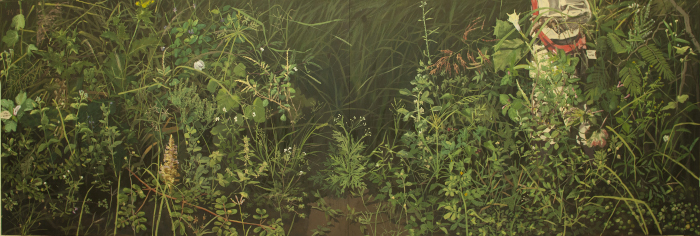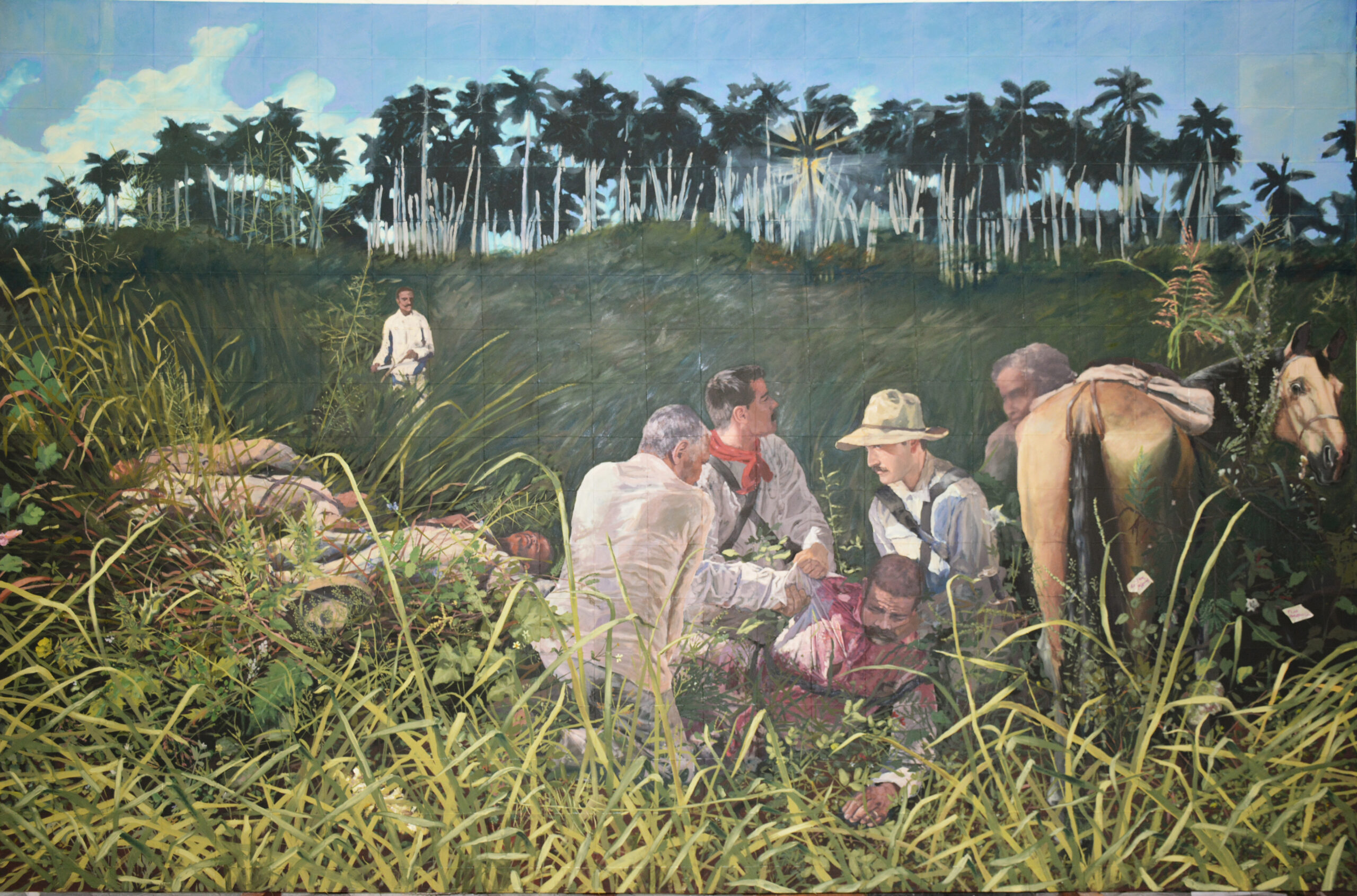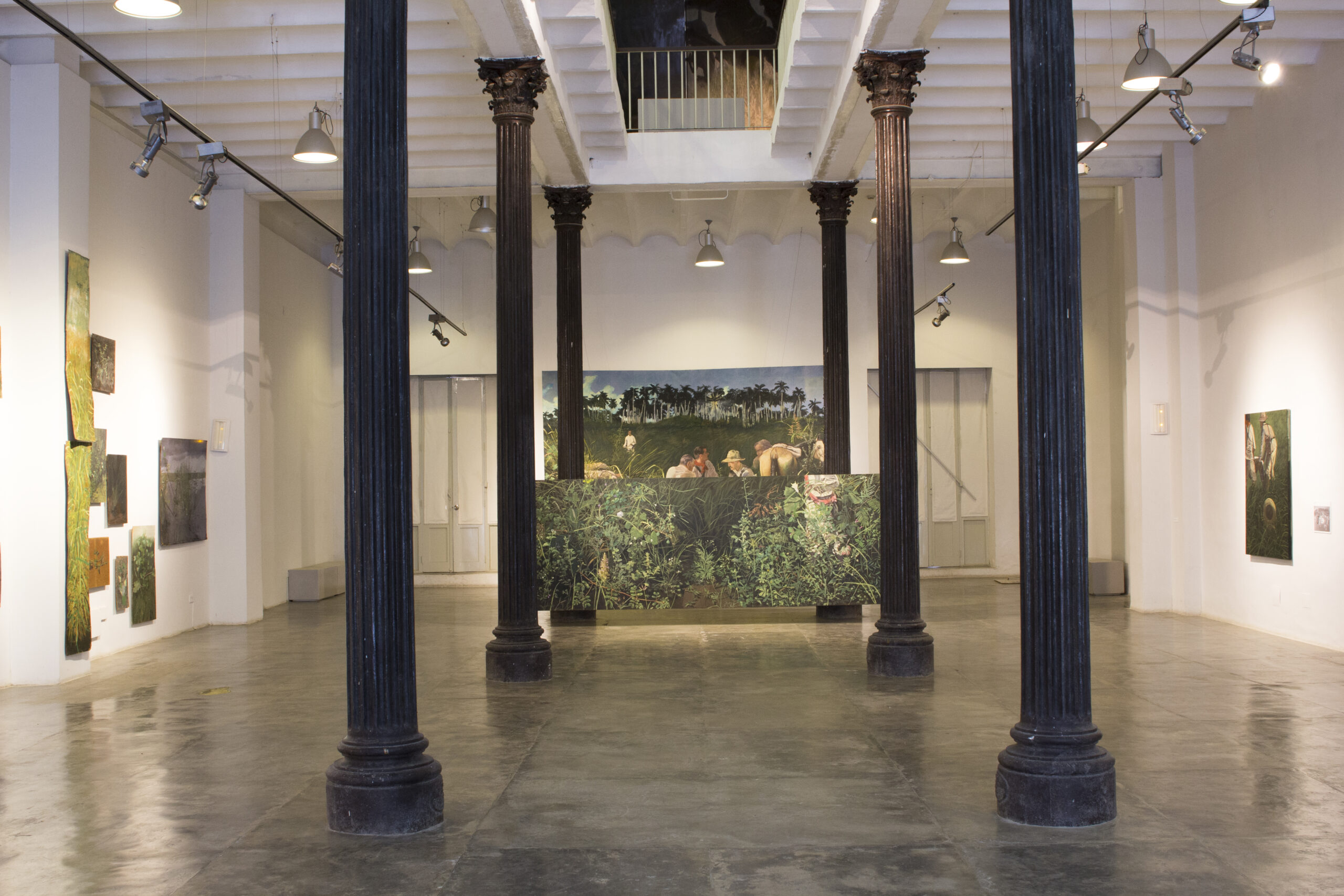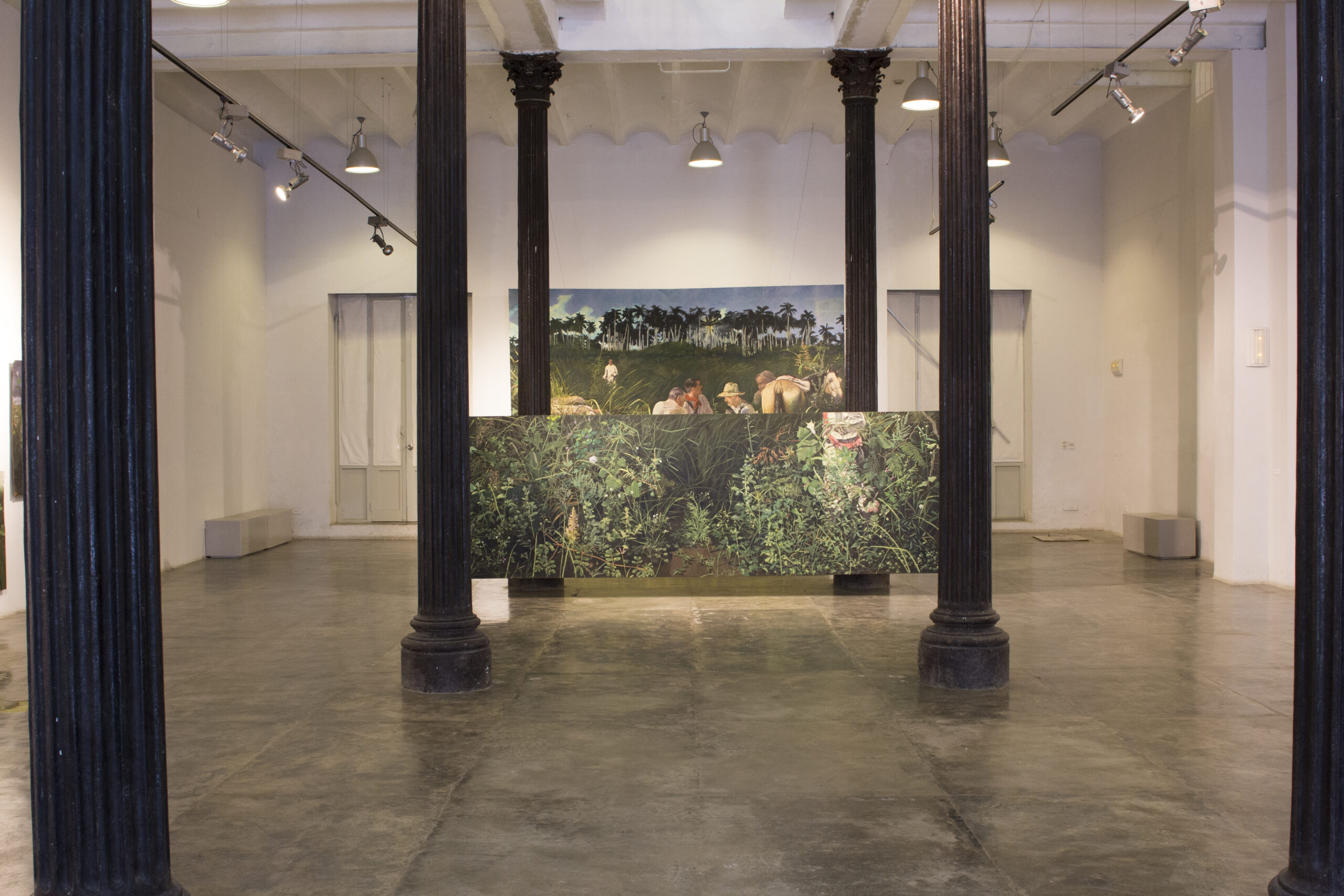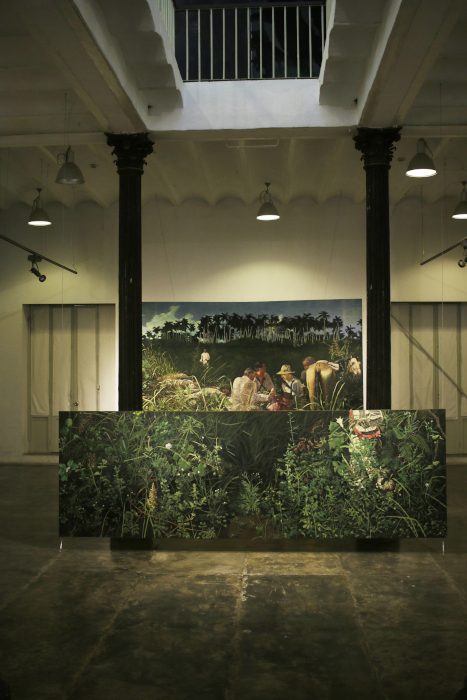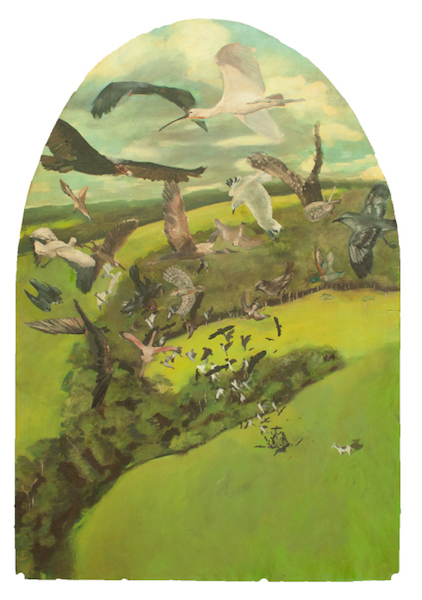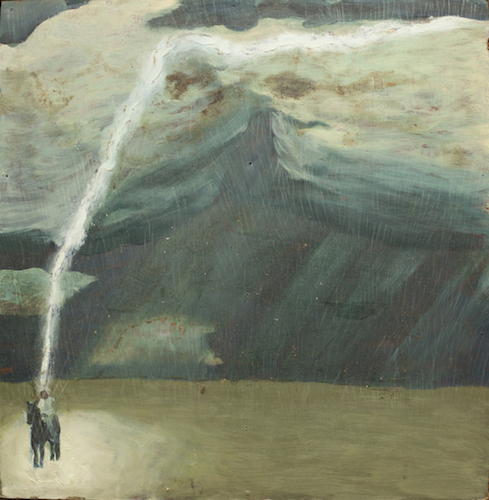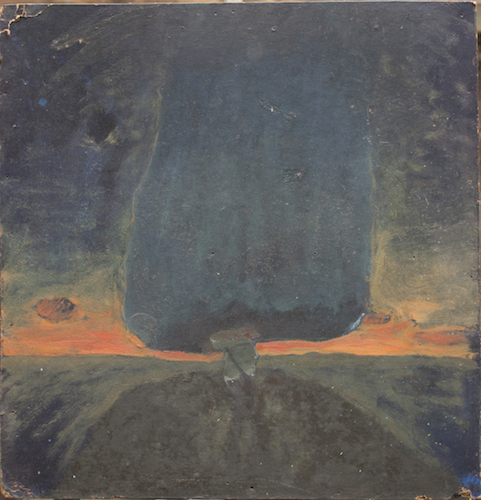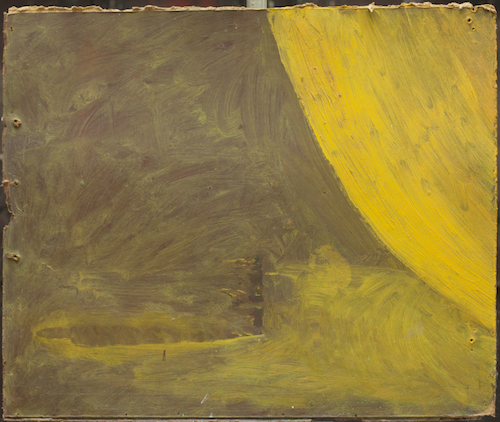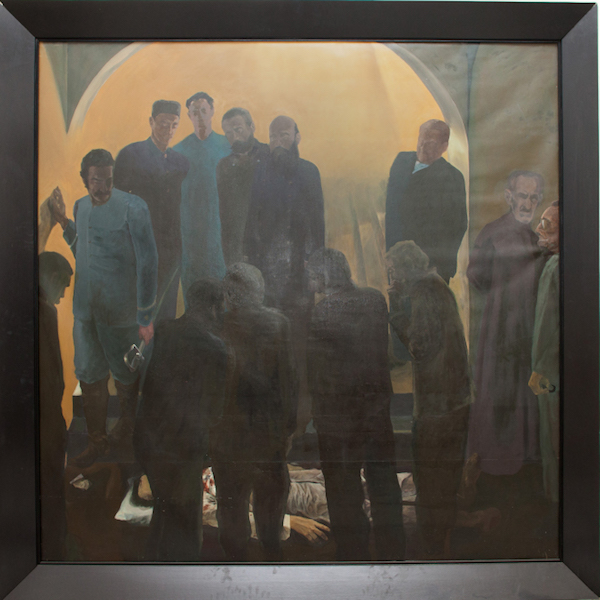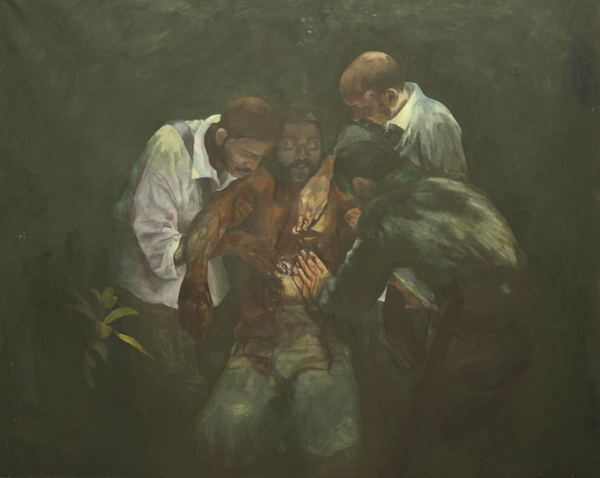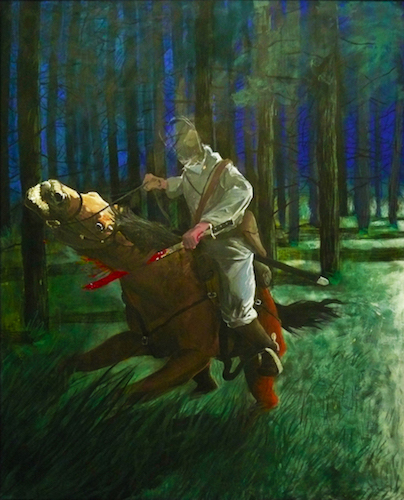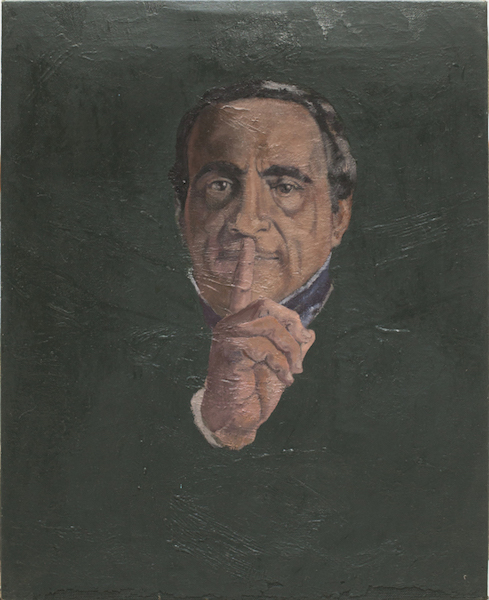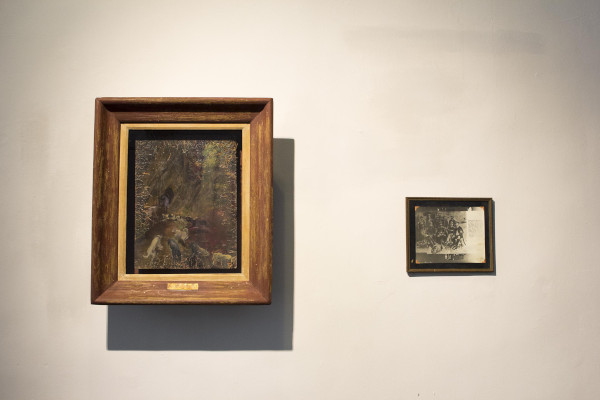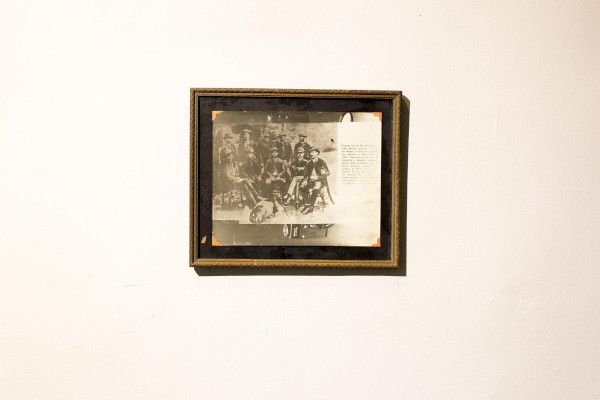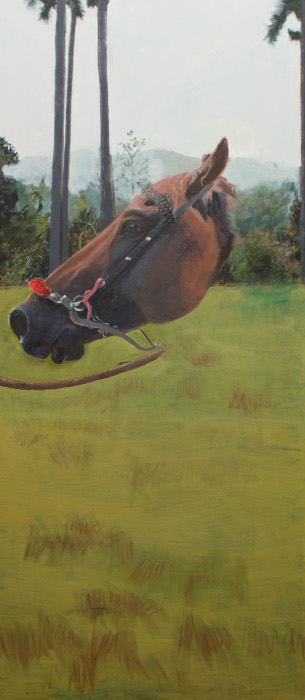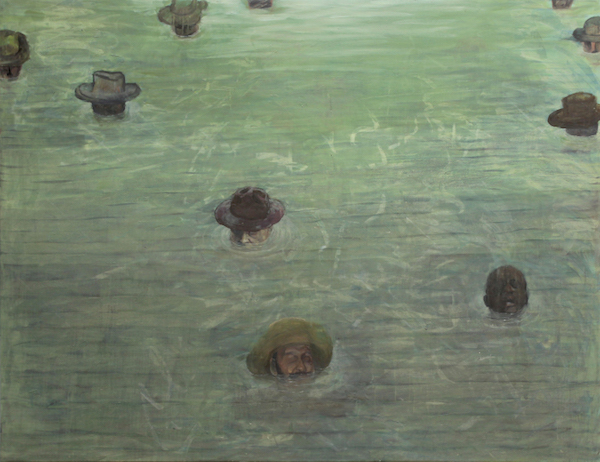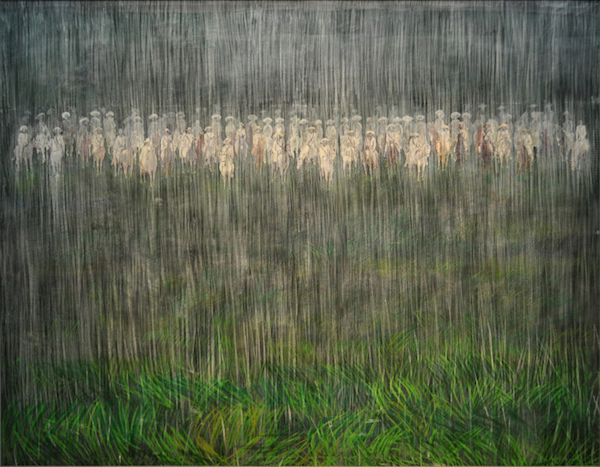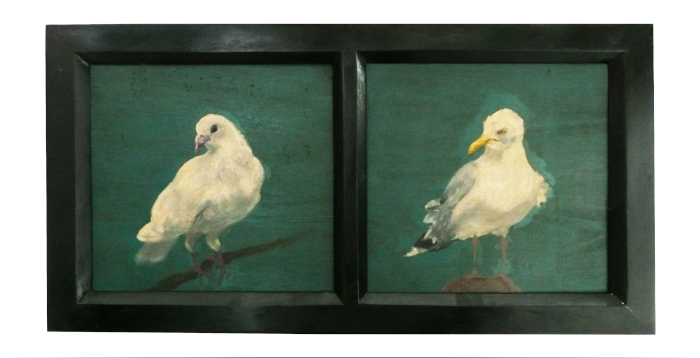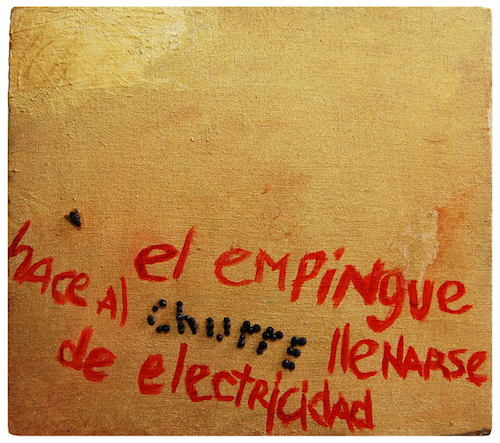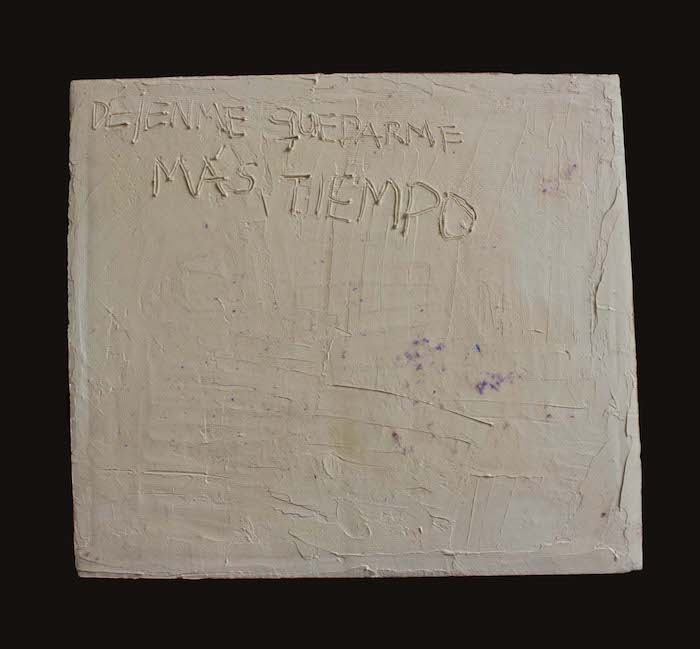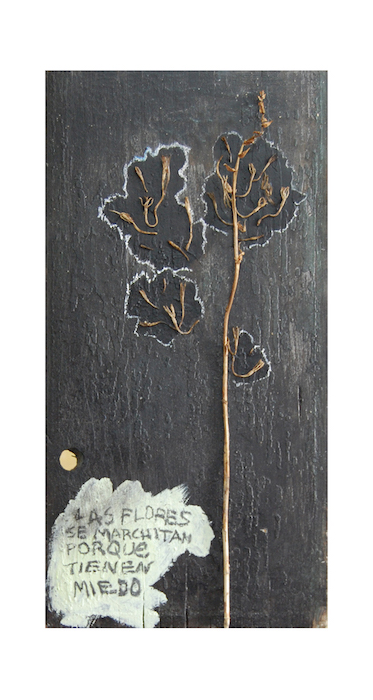PAINTINGS / DRAWINGS
Images Index
Images Index. It consists on a review of the Cuban 19th century. To assume the jungle and the undergrowth as the botanical garden of the homeland. To flow over the fabric of facts and dates. Leave trails or reading sketches (index) as probable entrances to that territory. Repertoire that draws from other repertoires: The book of paintings by José Antonio Aponte and the Alphabetical Index and Deaths of the Cuban Liberation Army by Carlos Roloff; El Monte by Lydia Cabrera and Undesirable Plants by Pedro Sánchez and Haroldo Uranga; Dictionary of Cubanisms or Antillanisms by Alfredo Zayas y Alfonso, Esteban Pichardo, Fernando Ortiz; the Cuban Mythology of Samuel Feijóo. Mapping the imagery of the independence wars, their key representations.
Take advantage of the blind zones of the map and anchor these guesses (images) there. Between the scientism and vehemence, details and uncertainty grow. A cabinet or room of wonders where the findings (artificial, natural, exotic and scientific) are grouped from the explorations of travelers, delights of the curious and collectors: missing pieces or pages questioned by museums, archives, libraries, myths, passages, phrases, nightmares, relics, fetishes, portraits painted by mamory. The symbolic architecture of the nation project. To go back to the foundation stones. To deconstruct what is sculpted as truth, multiply the stories in countless possibilities.

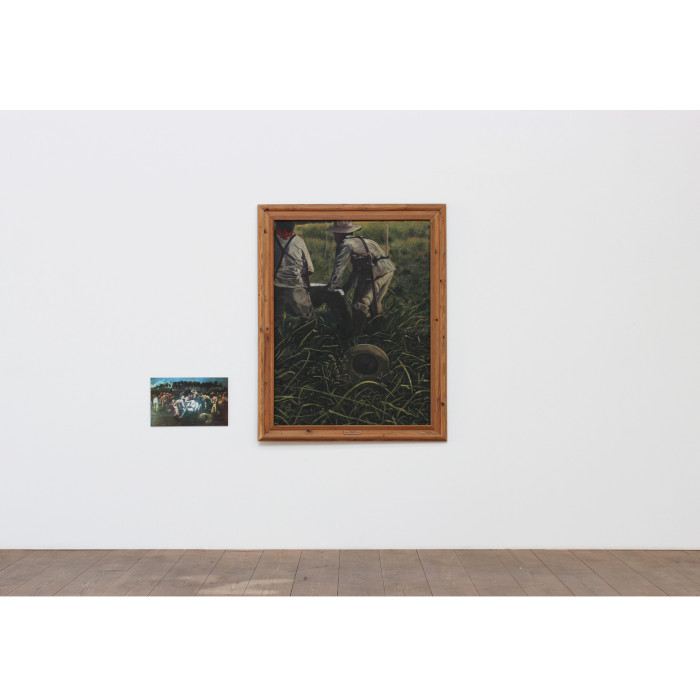

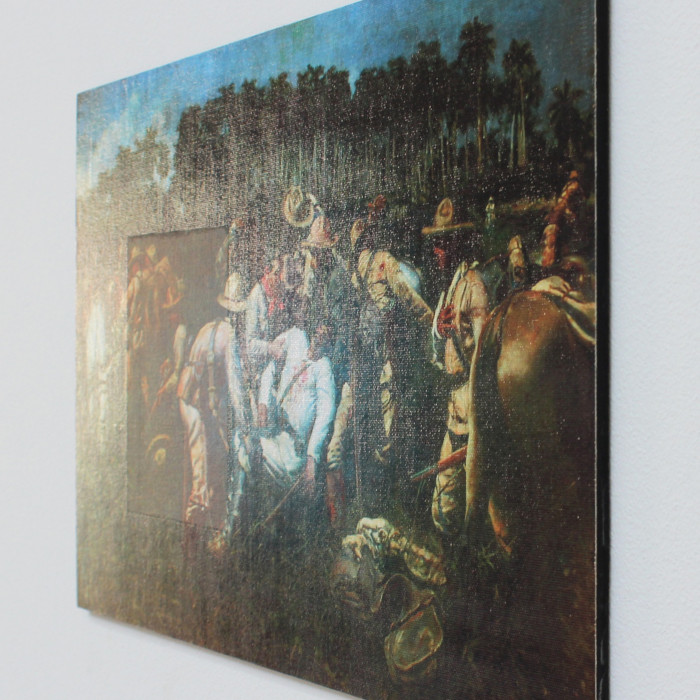
El cuadro de las ranas. Estudio de la visual del tercer personaje de izquierda a derecha, Rectificaciones a la obra de Armando Manocal "La muerte de Maceo"
Óleo sobre tela
139 x 106 cm.
PAINTINGS / DRAWINGS
Verses and theorems
Along with Images index, it represents the vastest group of works that covers a wide spectrum of themes and solutions, but where a sensitivity towards the objectual prevails. Art as equal to other disciplines (poetry, music), where love and sadness are sung, where confessions and atonements exist. Language as a complement to symbolic constructions. Its limitation to describe nature, its deletion or blur. Attempts to code concepts and notions: faith, domesticity, emptiness, fear.
Contingencies, the immediate chance. Ideas resolved with the discovery of the object, or objects that raise a regretful idea. The elementary principles of the universe are manifested in the smallest objects and the everyday tasks.
There is a wisdom in the popular equivalent to the most sophisticated knowledge, there is also the idea of a collection, of an archive. Accumulations of the same type of objects that can acquire the quality of a system, or tell a story with their own language. Simple machineries. Rejection of artifice. The tautologies. The coincidences. Patterns and models. The sacred. The relic. The fetish. To try to freeze the memories. Behind everything, the precariousness of matter, the precariousness of all absolutes. The almost perfect balance: Theorem versus Poetry = Reason versus Spirit = Science versus Religion.
